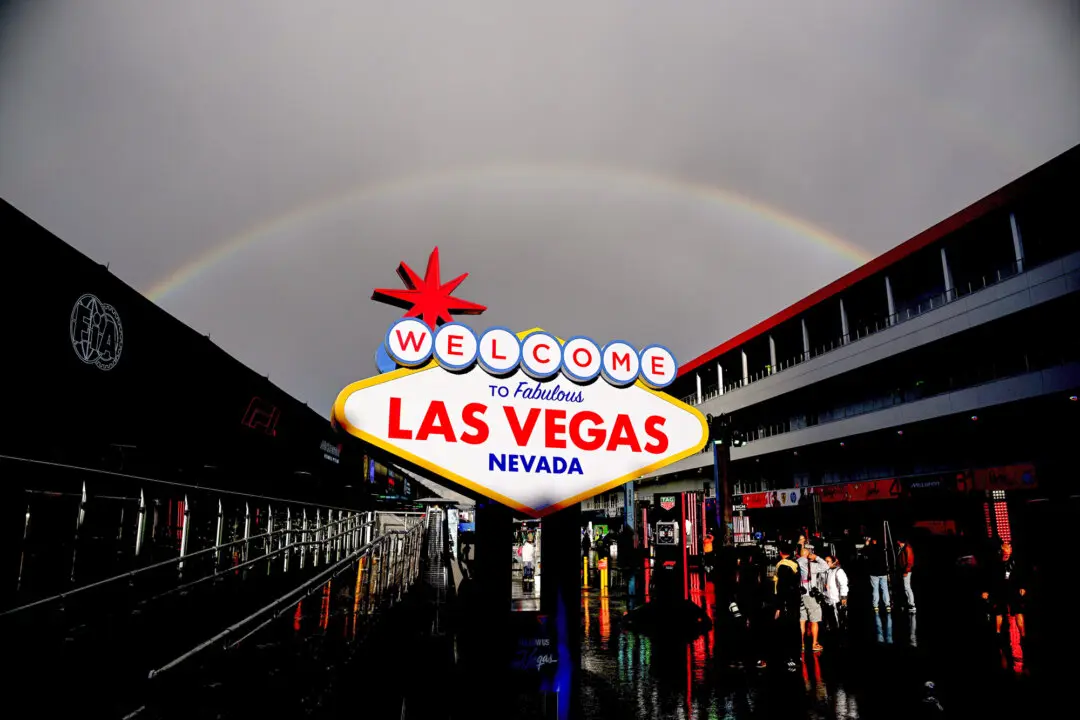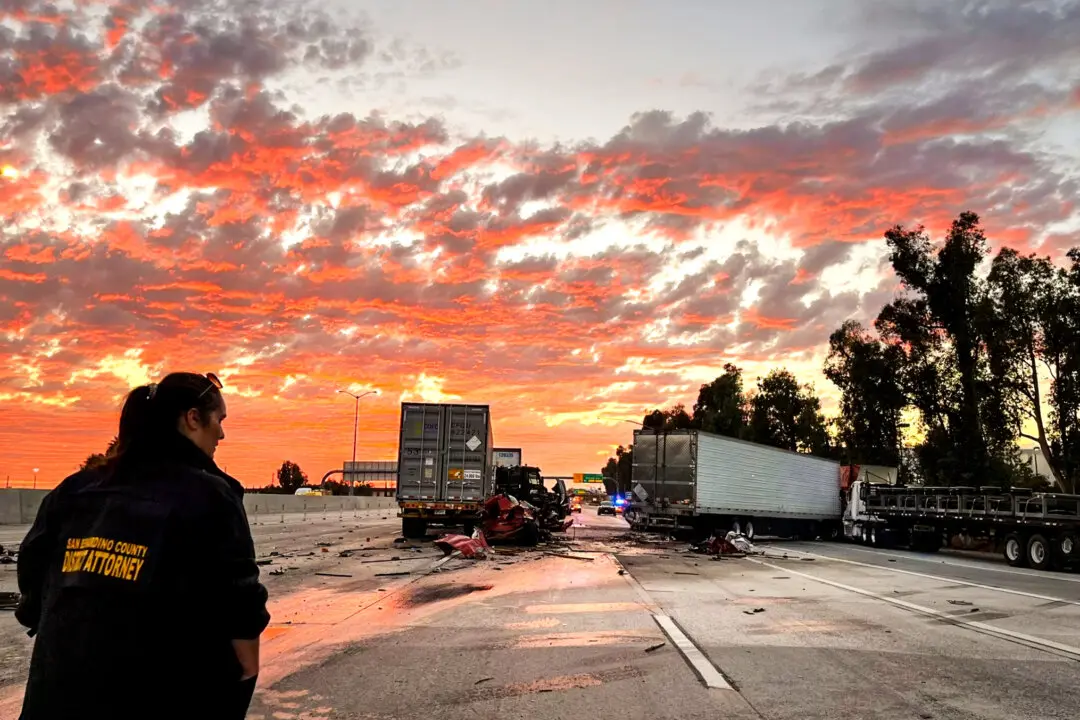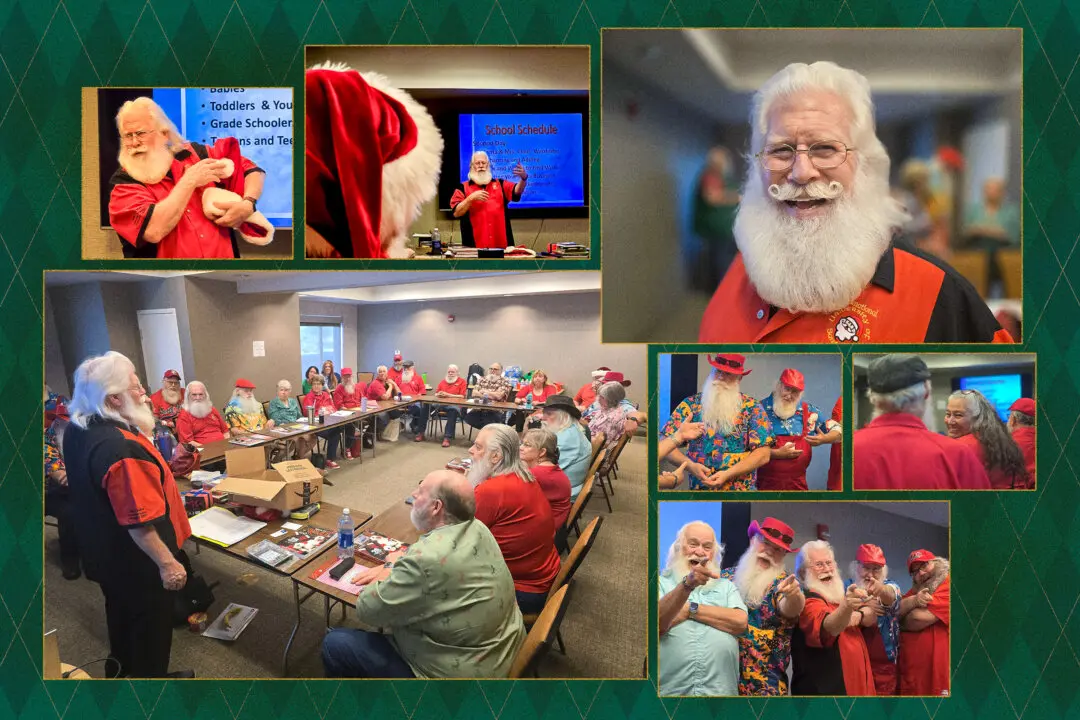A wild horse sanctuary in Colorado has agreed to adopt 70 free-roaming Alpine horses rounded up in Arizona and sold by the U.S. Forest Service at two recent online auctions.
Simone Netherlands, president of the Salt River Wild Horse Management Group based in Prescott, Arizona, said volunteers raised $50,000 on short notice to purchase the horses this month.





